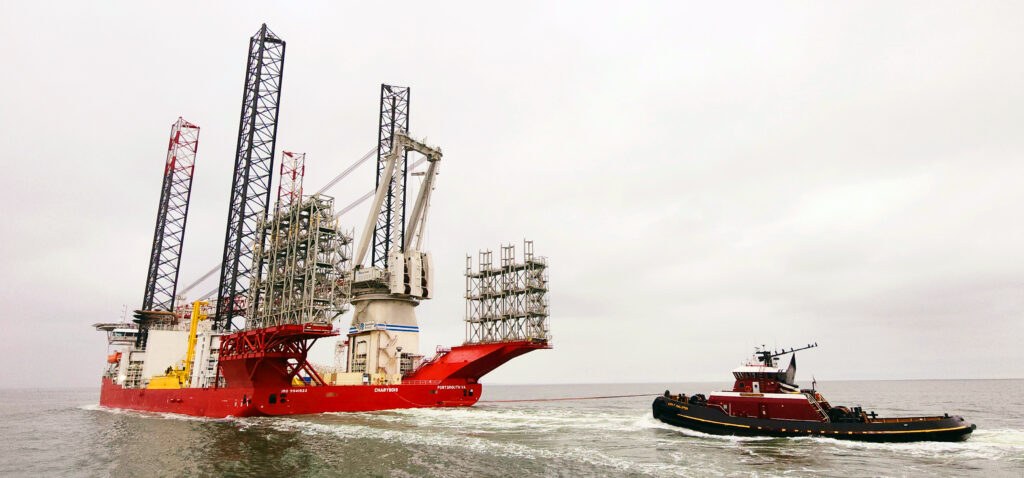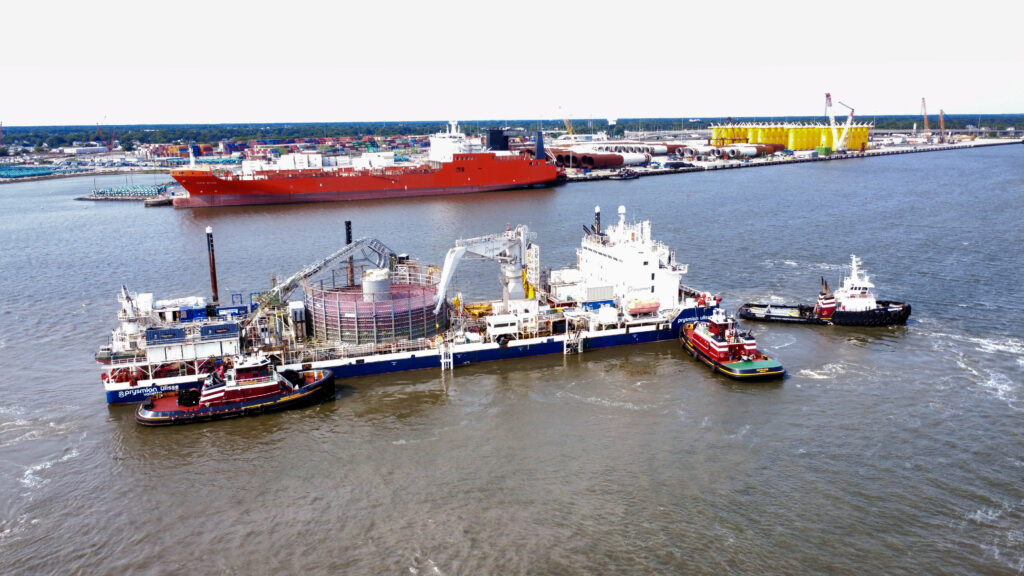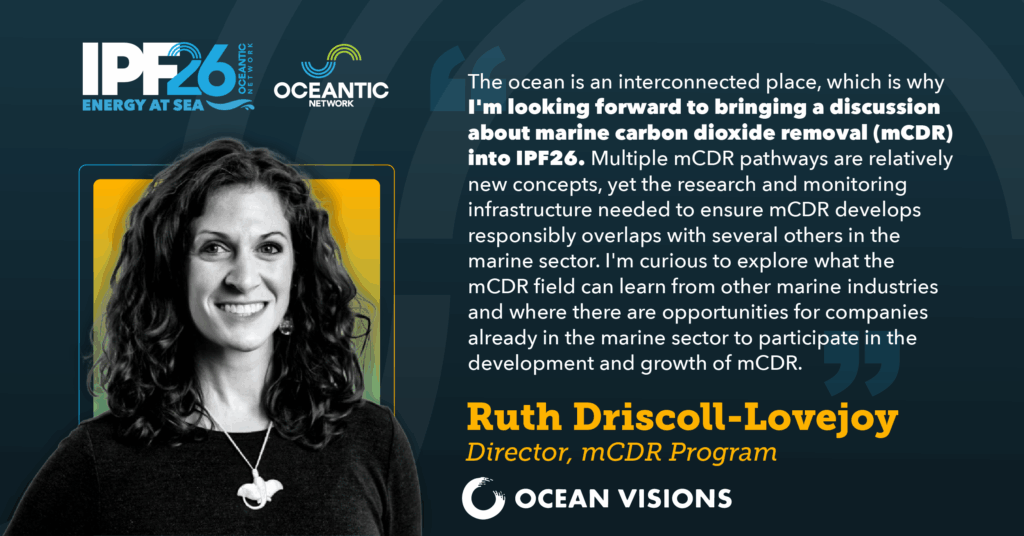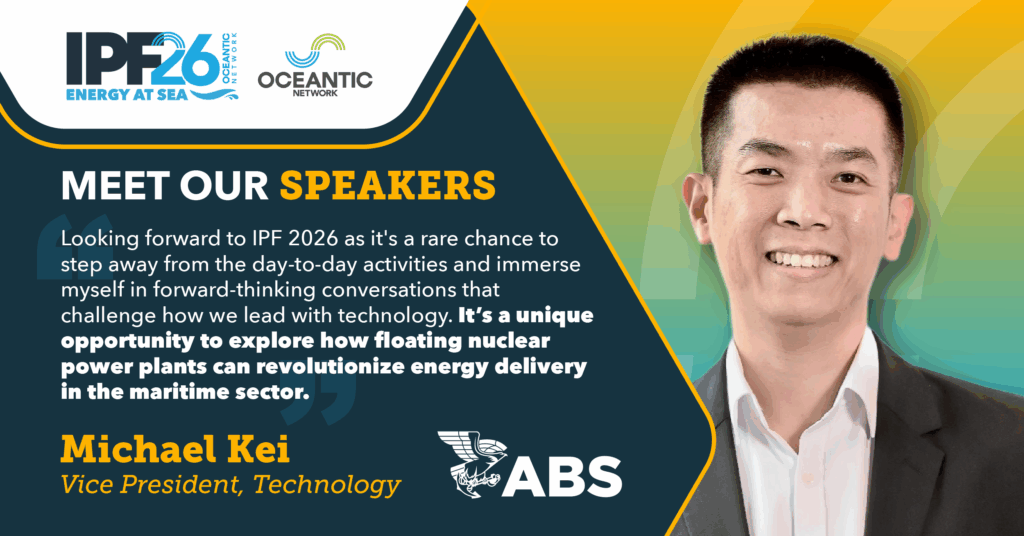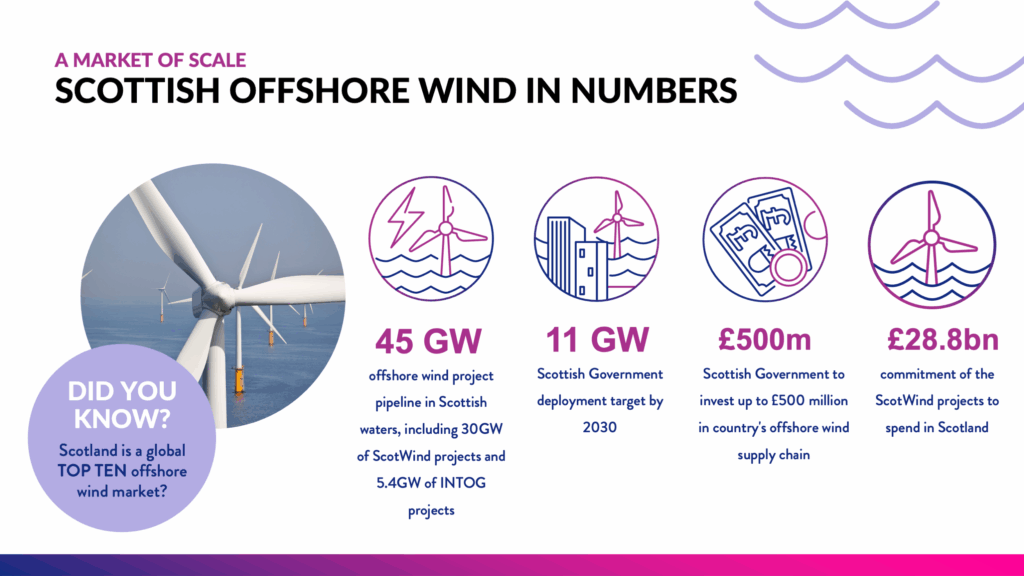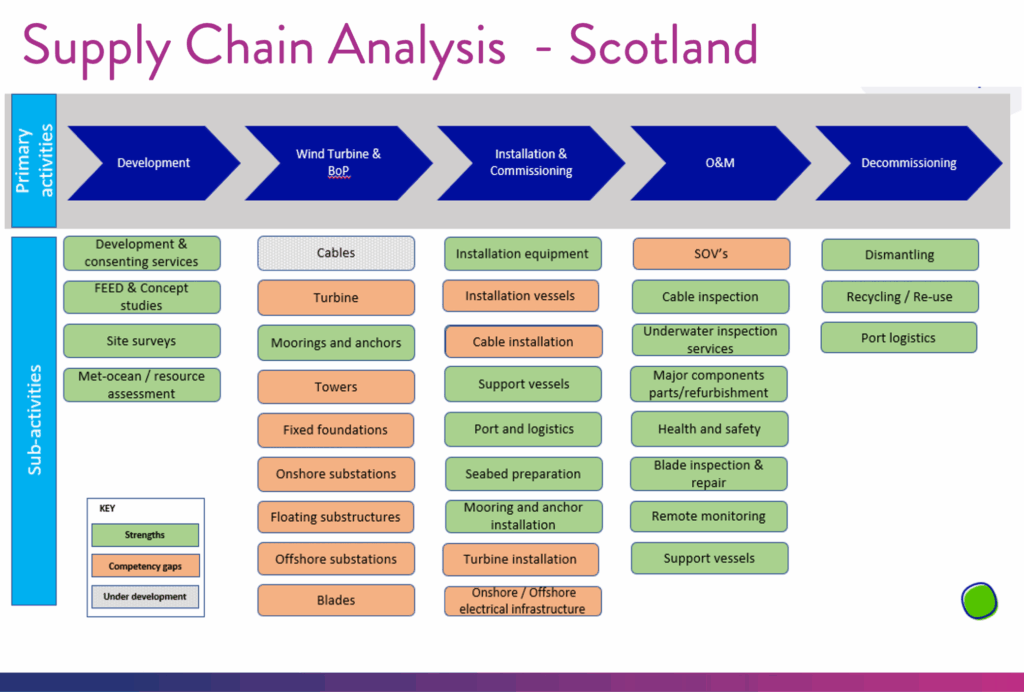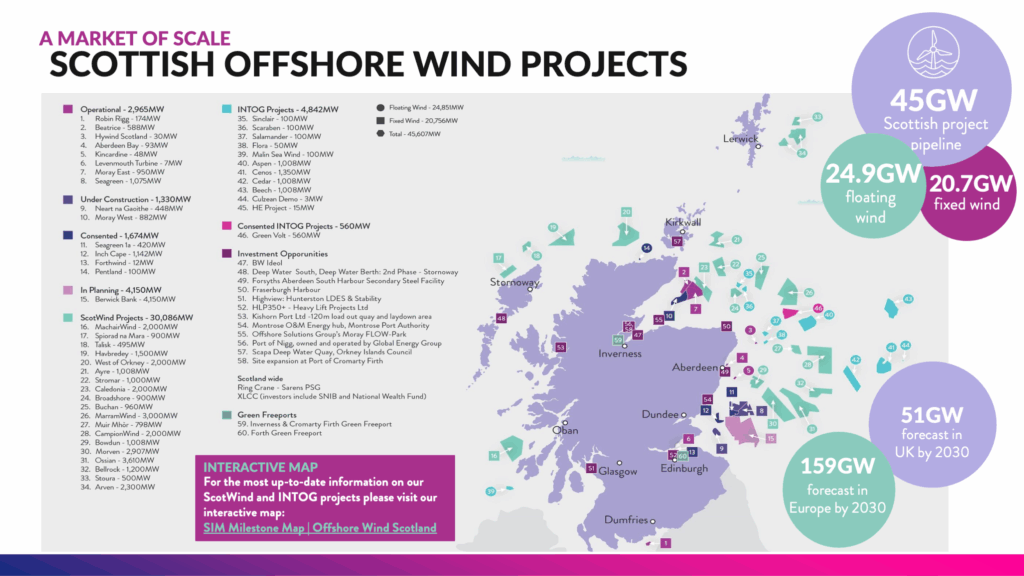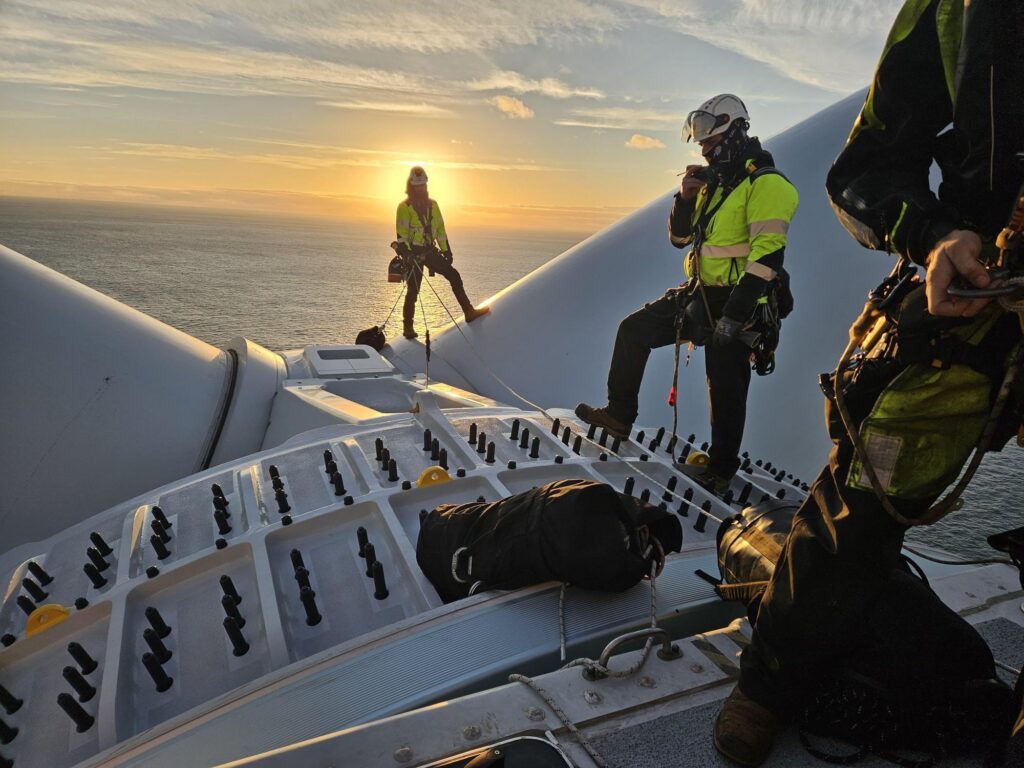LocalContent.com is redefining how the energy and infrastructure sectors measure and verify the performance of small and local businesses, also known as Local Content. The company’s platform delivers readiness assessments, compliance scores, certifications, supplier lists, and data signals that strengthen local participation, workforce development, and community benefit investments. As a strategic partner for the 2026 International Partnering Forum (IPF), the company is helping build a more competitive and resilient offshore wind and blue economy supply chain in the U.S.
Local Content first entered the offshore wind energy industry after hearing an Oceantic Network podcast that called for more American small businesses to join the industry. Within a month, and after their own research, the New York State Energy Research & Development Authority (NYSERDA) invited the company to join the New York delegation at 2021 IPF in Richmond, Virginia. That opportunity expanded their work into energy, maritime logistics, and port infrastructure, opening doors to clients across the domestic and international supply chain.
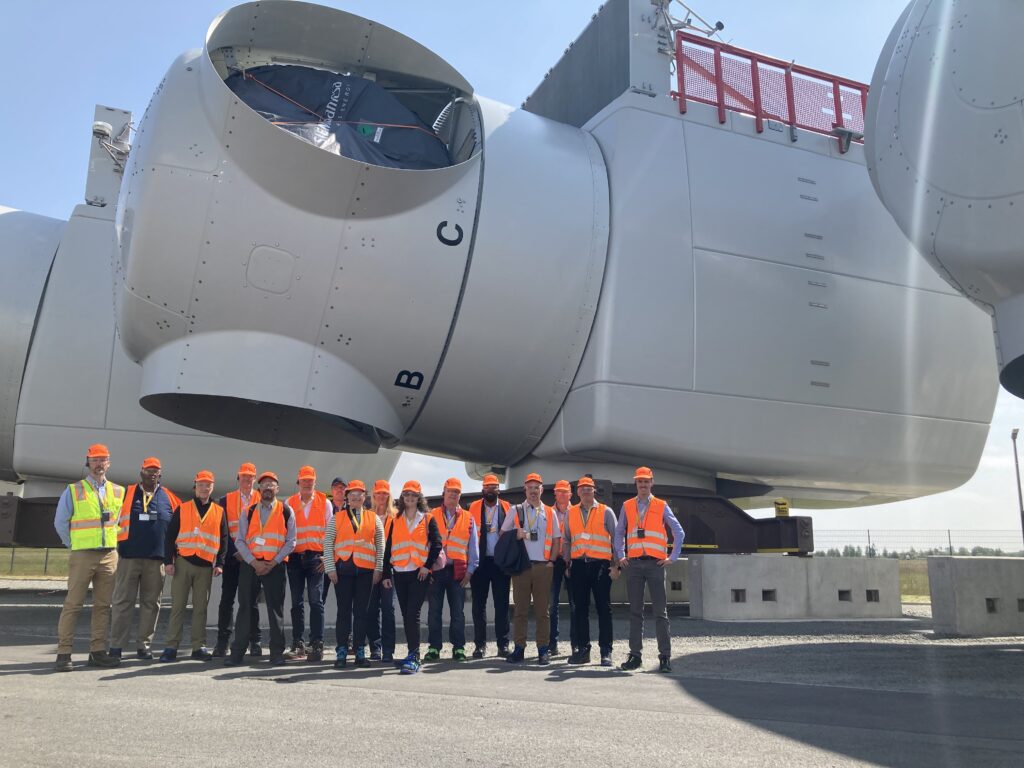
Being a member of Oceantic Network has brought considerable value to the company and played a central role in its growth, according to Local Content leadership. This relationship has provided access to investors, developers, OEMs, agencies, and suppliers. Many of their strongest partnerships were forged while attending IPF.
With IPF coming to New York City in 2026, Local Content is excited to help organizations navigate emerging opportunities across the region, including the Brooklyn Marine Terminal, Syracuse’s microchip expansion, domestic data center development, and mix used commercial sports, entertainment, and gaming—projects that are driving billions of dollars in new investment. The conference’s expanded focus on the blue economy, including floating nuclear energy, aligns with where the company sees the industry heading.
Today, Local Content is focused on helping industry move from broad commitments to measurable results. Public-private RFPs and grants increasingly require documenting local economic, workforce, and community impacts. Local Content’s tools help organizations deliver the data, documentation, and accountability needed to build trust, reduce delays, and improve competitiveness. Their clients have secured millions of dollars in contracts, grants, and incentives through verified supplier and workforce strategies.
The soon-to-be-released DomesticContent.com platform will verify project and product country-of-origin, creating a unified certification ecosystem for multiple sectors, including energy, maritime, manufacturing, broadband, and more. Globally, the company is positioning for expansion into Africa, the Caribbean, and Asia, where mature local content systems align well with their approach.
Local Content has supported more than 60% of U.S. offshore wind projects. In partnership with NYSERDA and Oceantic Network, they will host the Infrastructure Supplier Forum in New York City on February 9—free for suppliers attending 2026 IPF. The event helps companies explore offshore wind opportunities while diversifying into sectors like broadband, maritime, entertainment, and gaming. They will also debut their Best Companies To Work With List, recognizing top performers in readiness, compliance, and risk.
The company brings a unique mix of compliance intelligence, risk control, and AI-era visibility to IPF and the broader offshore wind ecosystem. Their ownership of top-ranking Local Content and Domestic Content domains gives them unmatched authority as a primary source feeding LLMs with data and insights.
Recent policy shifts and project delays have underscored the importance of supplier diversification. Local Content emphasizes multisector strategies, so businesses can remain resilient across all phases of project development—not just active construction cycles.

